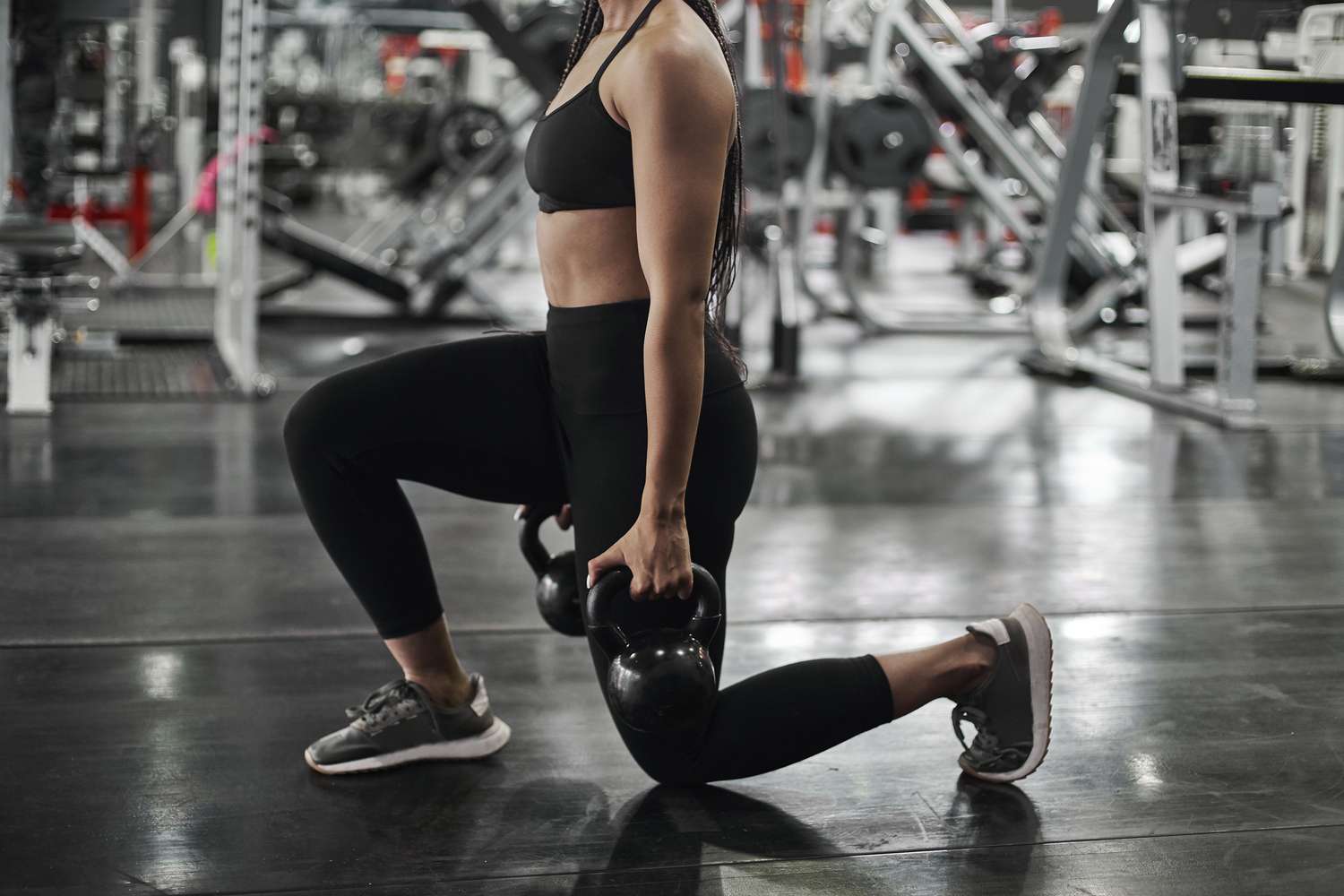
It is possible to be confused about how much room you require when buying running shoes. Your feet need to be able wiggle and not slide around in uncontrollable fashion. Two important factors to consider when shopping for a new pair are the toe box size and the heel fit. Shoes that slide around or pop out are not suitable for running.
Toe-box length
The length of the toe box is an important consideration for running shoes. A shoe that is well-fitted with a large, spacious toe box will help reduce the chance of blisters. Toe-box length can also be affected by swelling. Toe-socks can be used to determine how much space you need in your toe box.
The toe box length of running shoes should be approximately one thumb length longer than the length of your longest toe. For some people, this is the second toe. This extra space allows your foot to spread out when you run. A shoe that fits too tightly could lead to rubbing or a blister.
You can wear your heels.
You should look for shoes that have more space for your toes, when shopping to buy a pair of new running shoes. The shoe's heel should be about a thumb's distance longer than the length of your longest toe. This extra space is vital, because your foot needs room to spread out while running and will be absorbing the impact of each step.

Don't forget to put the correct socks on when you try on new shoes. Too thick socks can cause problems with the fit. Keep in mind that your foot will swell all day so try your shoes on in the afternoon instead of in the morning. The toe box should be snug but not too tight and the heel should be able to slide easily.
Toe-box width
Running shoes' toe-box width should be approximately one thumb wider than your longest toe. For people with long toes, extra space may be necessary. This extra room will allow your foot to spread out more when you run. Because your feet may swell, you need to allow for some extra space in your foot box.
The right type of running shoe for you will depend on the width of your toe box. Toe boxes that are too narrow can cause your feet to rub against the side of a shoe. You will have more room around your toes as well as the ball of you foot if your toes are larger.
Shoe width
It is important to know how much space you have in your running shoes before buying them. The proper size should allow for a half to full thumb's width of space between the longest toe and the end of the shoe. This will help prevent the shoe from slipping and causing your heels to pop out when running. The shoe should also fit your foot snugly without rubbing at the heel and toes.
Take off your insoles and measure the shoe. Next, remove the insoles to measure the size of your shoe. It will feel comfortable if the shoe fits comfortably with socks. Also, if you have bunions, you'll want a shoe with more room for your toes.

Slippage in the Heel
You know what it is like to have your heel slippage. It can happen when you're walking and running. There are many ways to stop heel slippage.
The most common way to avoid heel slippage is to wear a shoe that fits your foot properly. Ideally, a pair of running shoes should have about a thumb's width of room around the heel, but be sure to allow some wiggle room. This will help the shoe withstand impact and prevent heel slippage. But, remember that shoes are not designed to fit all feet and may need to adjusted slowly.
FAQ
Do I need to get warm before going out?
Warming up prior to an activity helps reduce muscle soreness. It also improves performance. You can use several methods to warm up: walking, running, jumping rope, stretching, and cycling are just a few examples. Start slow and slowly increase your pace.
How many hours of sleep should I get every night?
The recommended amount of sleep varies depending on age, gender, and individual needs. Most adults need between 7 and 9 hours of sleep per night. Teenagers and children need approximately 10 hours of sleep per day, although this number decreases with age.
Why is it important to get enough sleeping?
A healthy lifestyle requires sleep. Your body can heal itself and recover from daily stressors by sleeping. Get enough sleep every night to be able to function well throughout the day.
Are there exercises I shouldn’t perform?
Before starting any new exercise program, you should consult your doctor. Some people are unable to exercise due to injuries. You may also need special equipment or training for certain activities. Swimming, for example, requires swimming suits and access to the pool.
How does caffeine affect my sleeping?
Caffeine can affect how quickly you fall asleep, and how well you sleep. Caffeine causes drowsiness, which makes falling asleep easier. You may stay awake for longer periods, which makes it more difficult to fall asleep. You should not drink energy drinks or coffee right before bed.
Can I eat while I exercise?
Yes. You can eat what you like while you work out. Low-calorie snacks like watermelon and carrots, celery apples, bananas, grapes, celery, celery, celery, celery, celery, apple, bananas, and carrots are best. These foods are high in nutrients, which can improve your performance during training.
Statistics
- Physical activity confers the following maternal and fetal health benefits: a decreased risk of pre-eclampsia, gestational hypertension, gestational diabetes (for example, 30% reduction in risk) (who.int)
- Globally, 81% of adolescents aged 11-17 years were insufficiently physically active in 2016. (who.int)
- Adolescent girls were less active than adolescent boys, with 85% vs. 78% not meeting WHO recommendations of at least 60 minutes of moderate to vigorous intensity physical activity per day. (who.int)
- One study showed that adults who watch more than 4 hours of television daily had an 80% higher risk of death from cardiovascular disease. (heart.org)
External Links
How To
How To Burn Belly Fats Faster
When we are trying to lose weight, belly fat is often seen as a problem. It's actually a good thing, in fact. Your organs are protected from being damaged by excess belly fat. Let's learn how to quickly burn belly fat.
Lack of exercise and stress are the main reasons we store body fat. Because of its stimulation of the production hormone cortisol, stress can make us feel hungry continuously. Cortisol increases insulin levels in our blood. The excess calories are stored as fat by insulin. Insufficient sleep can lead to an increase in appetite and adrenaline release. These extra calories can easily be lost through exercise.
There are many ways to reduce belly fat. All of these methods can be used, depending on your budget. These are some great tips to help you lose belly fat fast.
-
Try to eat less food. Don't eat three large meals at once. This way, you'll consume fewer calories overall.
-
Drink plenty of water. Water helps flush out toxins from the body and keeps you hydrated. Also, drinking water before every meal will keep you feeling full longer so you won't overeat.
-
Avoid snack foods that are unhealthy. If you're looking for quick fixes, snack foods like chips, cookies, candies, etc. Although tempting, they can be very unhealthy. These sweet treats can be tempting, but they are high in empty calories and sugar. Choose healthy options like whole grains, fruits, vegetables, nuts, seeds and nuts.
-
Strength training should be performed at least 3 times per week. Strength training builds muscle mass and burns more calories when you're not working out. It also strengthens bones, muscles, ligaments, tendons, the heart, lungs, and joints.
-
Regularly walk or stretch. Stretching can improve flexibility, mobility, and reduce back pain. Walking for 30 minutes is a great way to burn calories.
-
Reduce alcohol intake. Reduce alcohol intake. Alcohol is a waste of calories and has no nutritional value.
-
Reduce your weight gradually. First, determine your current weight. Then, add 5% to 10% to your body weight to get your ideal weight. Once you have calculated your target body weight, you can begin to cut calories by 500-1000 calories every day until your goal is reached.
-
Avoid processed foods. These foods have high amounts of salt, sugar, and preservatives. Even though they can be very convenient, these foods lack sufficient nutrients to support your health.
-
Don't skip breakfast! Breakfast improves concentration, memory, energy, and stamina. Include protein (like eggs) and fiber, like oats, in your breakfast.
-
Have regular bowel movements. Bloating and gas can be caused by irregular bowel movements and constipation. You can prevent this by drinking lots of water and increasing your fiber intake.